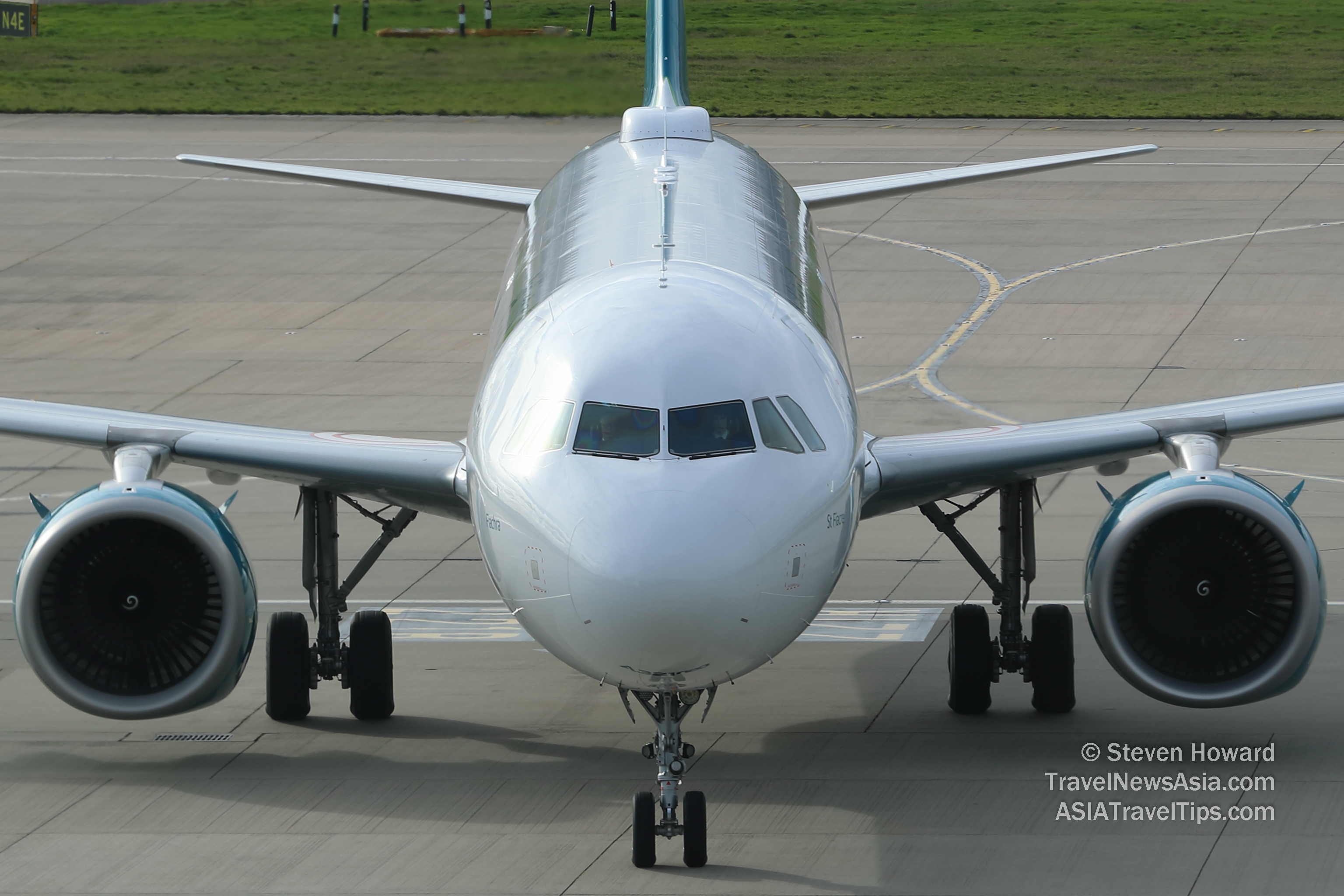|
New analysis from IATA shows that the damage to
air travel from COVID19 extends into the medium-term, with
long-haul / international travel being the most severely impacted.
IATA suggests that a risk-based layered approach
of globally harmonized biosecurity measures is critical for the
restart, as measures such as quarantines on arrival would only
damage confidence in air travel further.
IATA and Tourism Economics modeled two air travel
scenarios - a baseline scenario and a pessimistic scenario.
Baseline Scenario
This scenario is contingent on domestic markets opening in
Q3, with a much slower phased opening of international markets.

Such an approach would limit the air travel recovery, despite most forecasts
pointing toward a strong economic rebound late this year and
during 2021.
In 2021, IATA expects global passenger demand,
measured in revenue passenger kilometers (RPK), to be 24% below
2019 levels and 32% lower than IATA�s October 2019 Air Passenger
forecast for 2021.
IATA doesn�t expect 2019 levels to be exceeded
until 2023.
As international markets open and economies
recover, there will be further growth in air travel from the 2020
low point. But even by 2025, IATA expects global RPK to be 10%
lower than the previous forecast.
Pessimistic Scenario
This scenario is based on a slower opening of
economies and relaxation of travel restrictions, with lockdowns
extending into Q3, possibly due to a second wave of the virus.
This would further delay the recovery of air travel.
In this case, global RPK in 2021 could be 34%
lower than 2019 levels and 41% below IATA�s previous forecast for
2021.
�Major stimulus from governments combined with
liquidity injections by central banks will boost the economic
recovery once the pandemic is under control. But rebuilding
passenger confidence will take longer. And even then, individual
and corporate travelers are likely to carefully manage travel
spend and stay closer to home,� said Alexandre de Juniac, IATA�s
Director General and CEO.
Long-Haul Travel Impact will be
Longer Lasting
When the recovery begins, it is expected to be led
by domestic travel.
An IATA survey of recent air travelers
conducted in April 2020 found that 58% are somewhat or very likely
to restrict their initial travel to domestic journeys.
IATA believes that domestic RPK
will only recover to 2019 levels by 2022 and that international RPK are
only expected to return to 2019 levels in 2024.
�The impacts of the crisis on long-haul travel
will be much more severe and of a longer duration than what is
expected in domestic markets. This makes globally agreed and
implemented biosecurity standards for the travel process all the
more critical. We have a small window to avoid the consequences of
uncoordinated unilateral measures that marked the post-9.11
period. We must act fast,� said de Juniac.
See also:
Thailand to Promote Domestic Tourism First.
See latest
Travel News,
Video
Interviews,
Podcasts
and other
news regarding:
COVID19,
IATA,
RPK,
ASK.
|
Headlines: |
|
|
